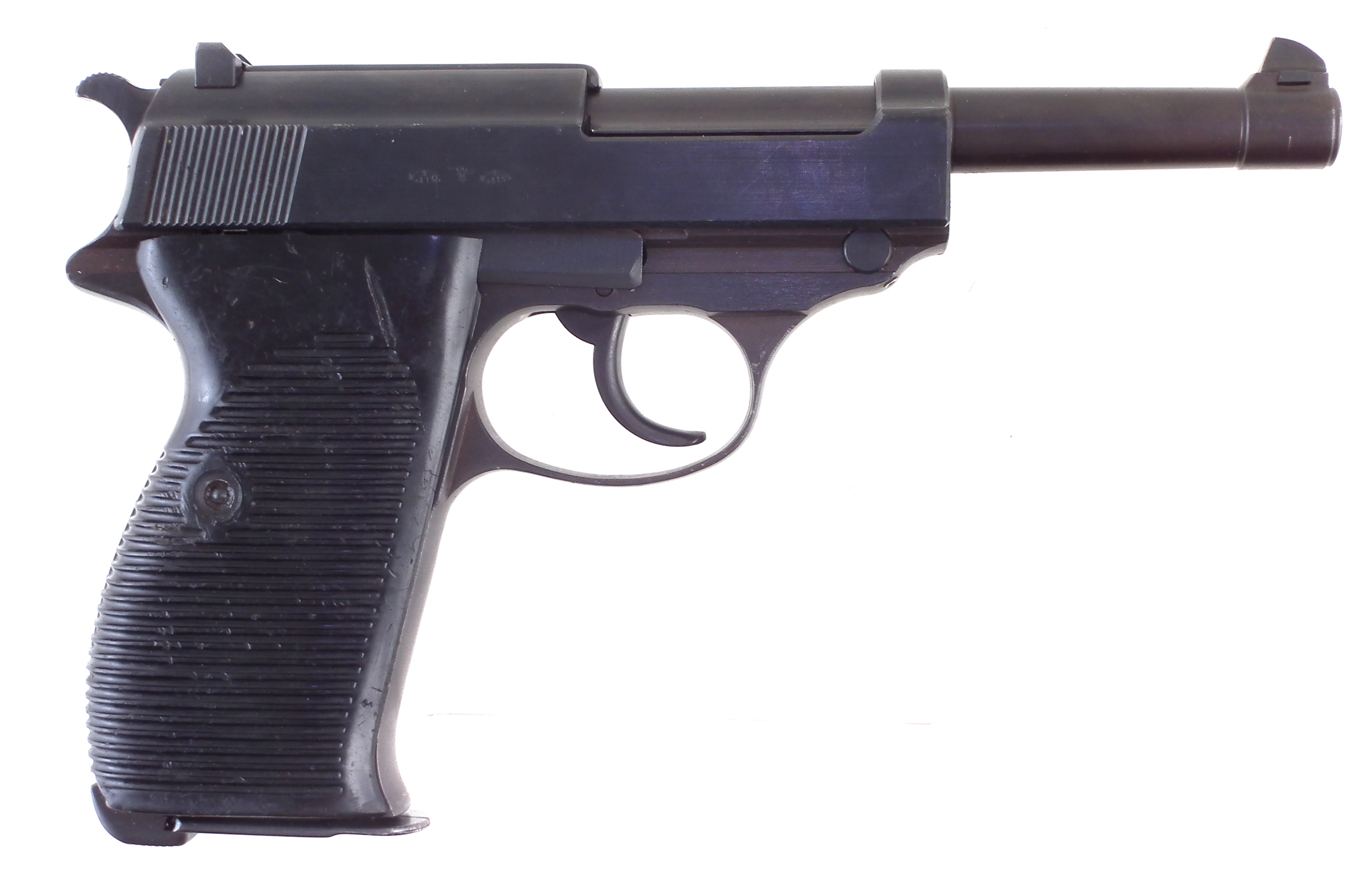Walther P38
The development of the P38 began in the 1930s as a replacement for the Luger P08, which had been in service since World War I. The German military sought a more reliable, easier-to-manufacture, and cost-effective sidearm. The P38 met these requirements with its innovative design and robust construction. The pistol was officially adopted by the German military in 1938, hence its designation P38.
Collectibility and Value
The Walther P38 is a sought-after collectible due to its historical importance and distinctive design. Factors that can influence the value of a P38 include:
-
Condition: As with all firearms, the condition of the P38 is crucial. Collectors look for pistols with original finish, matching serial numbers, and minimal wear or damage.
-
Manufacturer and Production Year: P38s produced during World War II, especially those made by Mauser and Spreewerk, are highly prized. Early production models and those with wartime markings can also command higher prices.
-
Rarity: Limited production variants, such as those with special markings or experimental features, are particularly valuable.
-
Provenance: A P38 with documented history or connection to significant events or individuals can greatly enhance its desirability and value.
The Walther P38 remains a fascinating piece of firearms history, embodying the ingenuity and practicality of German engineering. Whether you are a collector, historian, or enthusiast, the P38 offers a compelling glimpse into the evolution of military sidearms and the legacy of one of the most influential pistols of the 20th century.
